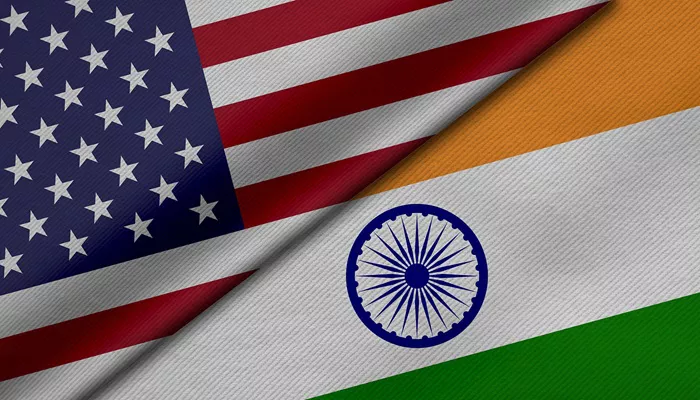Media reports, citing sources within the Indian government, reveal that Indian and US negotiators convened for the latest round of talks on a bilateral trade agreement in New Delhi on Tuesday. The discussions led to progress on several fronts, including market access for industrial and certain agricultural products, as well as efforts to reduce tariffs and non – tariff barriers.
“Our negotiations with the US side have been very productive and have brought us closer to reaching a mutually beneficial and balanced agreement,” said one of the sources.
A US delegation, headed by senior officials from the US Trade Representative Office, engaged in closed – door negotiations with Indian officials from the Ministry of Trade, led by Rajesh Agrawal.
The two sides deliberated on enhancing bilateral digital trade by improving customs and trade facilitation measures, a source noted, adding that “the negotiations will continue” with the aim of finalizing the first phase of the trade agreement as quickly as possible.
The report further indicates that the two countries are expected to sign a preliminary agreement by the end of this month. This timing coincides with the expiration of the “equal tariff” exemption period granted by US President Trump to major trading partners.
Indian Commerce Minister Piyush Goyal stated that India is ready to tackle some straightforward issues first to advance the agreement. Indian officials added that the next stage of negotiations may focus on more complex matters, with the goal of signing the first batch of bilateral trade agreements by September or October.
Points of Agreement and Disagreement
The source also disclosed that India has rejected the US request to open its markets for wheat, dairy products, and corn imports. At the same time, India has promised to lower tariffs on high – value US products such as almonds, pistachios, and walnuts.
The report mentions that India has asked the US to abolish its 10% base tariff. However, the US has opposed this, pointing out that even the UK, which recently reached a trade deal with the US, is still required to pay this tariff. Additionally, India is seeking an exemption from the 50% tariff on its steel exports to the United States.
In April this year, Trump announced a 26% reciprocal tariff on Indian goods, but a subsequent 90 – day exemption period was granted, during which only a 10% base tariff would be applied.
Future Prospects and Trade Goals
If India and the US manage to reach a trade agreement and reduce tariffs, the trade volume between the two nations is expected to increase significantly. Indian Prime Minister Narendra Modi and US President Donald Trump have jointly set an ambitious target of achieving a bilateral trade volume of $500 billion by 2030.
The United States is India’s largest trading partner. Data from the Office of the United States Trade Representative (USTR) shows that the total bilateral trade volume in 2024 was approximately $129 billion. The value of US goods exported to India amounted to $41.8 billion, while imports stood at $87.4 billion, resulting in a trade deficit of $45.7 billion for the US.
Related topics:

